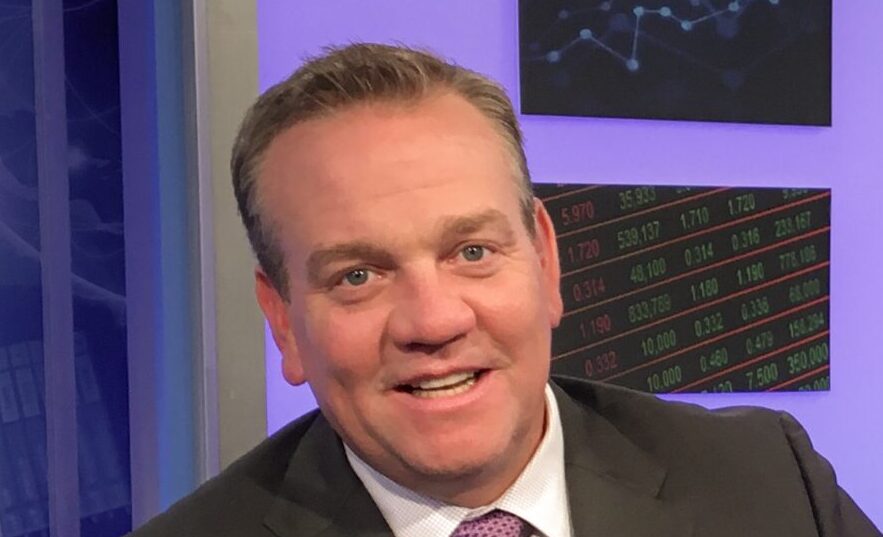Retire Smarter, Not Harder: Real Strategies for Withdrawal Rates, Roth Moves, and Social Security Timing

When it comes to retirement, everyone’s situation is different—but the core challenges are universal: How much do I need? When should I take Social Security? And how do I avoid giving too much to Uncle Sam? In this article, I’m walking you through real financial planning scenarios from people just like you—some approaching retirement, some earning high incomes, and some already strategizing Roth conversions and property investments.
Let’s start with Nick and Nora from Pittsburgh. They’re aiming to retire at ages 56 and 62, respectively, with a plan to spend $115,000 per year. Sounds ambitious, right? But it’s doable—with smart timing on Social Security and a sustainable withdrawal rate between 3.5% and 4% over 30 years. Nora’s benefit kicks in first with $22,000, and when Nick adds his $40,000 Social Security later, the pressure on their portfolio drops significantly. It’s all about timing and flexibility. We also talked about the sequence of return risk—the danger of poor market returns early in retirement—and the value of adjusting spending as needed. If they can keep their portfolio around $1 million by age 67, they’ll likely be in solid shape.
Then there’s the case of Dr. and Mr. McMuffin from Minnesota—yes, that’s what they called themselves. With $2.4 million in retirement accounts (half in Roth), $130K in backdoor Roths, and $107K in HSAs, these two are power-saving in a high tax bracket. Their income? Around $650,000 annually. Despite that, they’re thinking about semi-retirement at 45 and full retirement at 60. One blind spot we flagged was insurance—they’ve got a strong Roth game, but do they have enough disability coverage or emergency funds? It’s easy to overlook those basics when your balances are big.
Next, we dove into Social Security timing with Fred and Ethel from Virginia. Fred’s taking his benefit at 70 to get the max—$59,000 per year. Ethel is thinking of claiming her reduced benefit at 62, which comes out to $17,000. But here’s where it gets tricky: Spousal benefits are based on the higher earner’s full retirement age, and taking early reduces that benefit permanently. In their case, Ethel’s early claim makes sense only if they want the income now and are comfortable with the long-term trade-offs. It’s a balancing act between flexibility and future security.
Now, let’s talk Roth conversions—Moonshiner and City Girl from Florida brought a sharp strategy to the table. With $765K in traditional IRAs and $705K in Roths, they were planning to convert $200K a year between ages 66 and 70. Great idea on the surface, but we advised scaling back to $100K annually to stay in the 22% tax bracket. Over-converting might trigger higher Medicare premiums (IRMAA) and bigger tax bills than needed. Plus, keeping some funds in traditional accounts can be useful for medical deductions or charitable distributions later on.
We also looked at high-income investment strategy with Lily from California. Her son is 29, making $750,000 a year (yes, really), and considering buying a rental property in San Diego—even though it’ll cost him $2K–$3K per month in negative cash flow. While rental real estate can be a great asset, high earners can’t typically deduct passive losses unless they’re real estate pros. So instead of chasing deductions, we suggested he focus on long-term growth, maximize his 401(k), and explore municipal bonds or tax-loss harvesting.
What I loved most about this session, though, was the personal stuff. We heard stories about first jobs, favorite drinks, family hobbies, and vintage cars. It reminded me—and hopefully all of us—that retirement planning isn’t just about numbers. It’s about building a life that reflects who you are and what you love. Whether you’re climbing vineyards in retirement, jamming at concerts, or relaxing in the Appalachians, the real win is freedom.
If you’re thinking about your own retirement strategy—whether it’s Social Security timing, Roth conversions, or how to stretch your savings—remember this: flexibility, planning, and self-awareness are your best financial tools.
Intended for educational purposes only. Opinions expressed are not intended as investment advice or to predict future performance. Past performance does not guarantee future results. Neither the information presented, nor any opinion expressed constitutes a solicitation for the purchase or sale of any security. Consult your financial professional before making any investment decisions. Opinions expressed are subject to change without notice.
IMPORTANT DISCLOSURES:
• Investment Advisory and Financial Planning Services are offered through Pure Financial Advisors, LLC. A Registered Investment Advisor.
• Pure Financial Advisors, LLC. does not offer tax or legal advice. Consult with a tax advisor or attorney regarding specific situations.
• Opinions expressed are subject to change without notice and are not intended as investment advice or to predict future performance.
• Investing involves risk including the potential loss of principal. No investment strategy can guarantee a profit or protect against loss in periods of declining values.
• All information is believed to be from reliable sources; however, we make no representation as to its completeness or accuracy.
• Intended for educational purposes only and are not intended as individualized advice or a guarantee that you will achieve a desired result. Before implementing any strategies discussed you should consult your tax and financial advisors.







